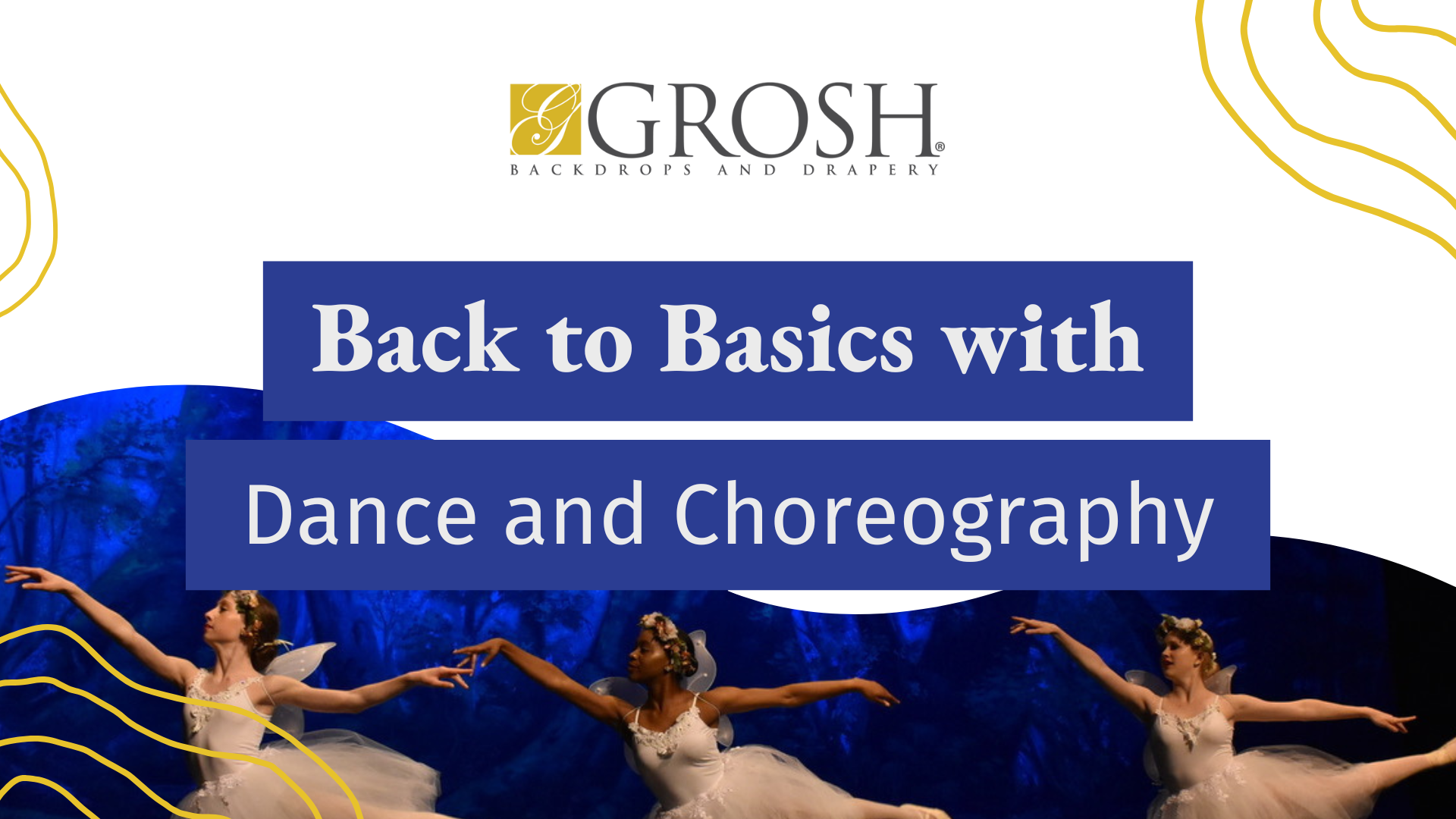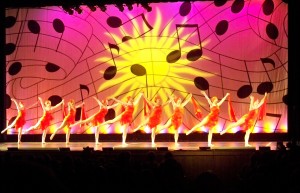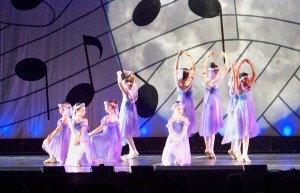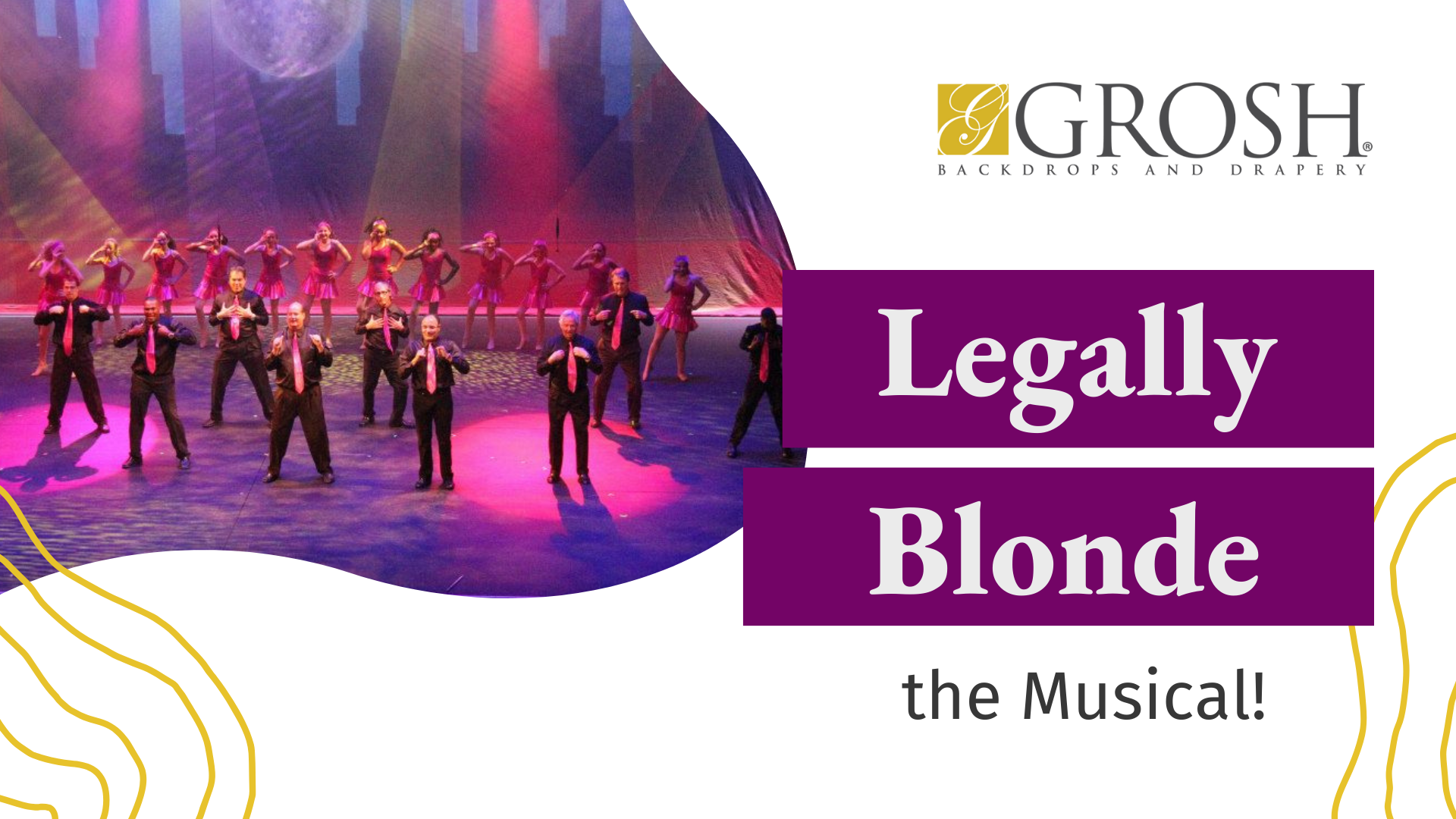Guest Blog by Suzanne Blake Gerety
www.DanceStudioOwner.com
Back to Basics
When I talk with dance studio owners and dance teachers about what they wish they had more time for one of the topics that always comes up is finding the time to get all the choreography done and ready to teach for recitals and performances. We could all use more time! The other part of the choreographing process for many of these studio owners – who are also actively teaching many classes – is that with all the demands placed on them it can be challenging to find new sources of inspiration or ideas for what to bring to their pieces.
We had these exact same problems at our dance studio with our teachers. So we created a creative, collaborative, and stress-free system for choreography for recitals and performances. Specifically this topic relates to young dancers aged 3 to 10 who are considered beginners or new to recital performances.
Why collaborate with one or more teachers when it’s time to choreograph?
It saves time and is easier for everyone. You get more inspiration and ideas. Teamwork means everyone is responsible for each other’s success. Accountability; it keeps and holds everyone on a schedule to get it done. You avoid overlap and create quality control to produce a great product in the end. It’s an opportunity for syllabus demonstration and consistency with classes throughout.
Why Strong, Simple and Sweet = Smiles ![]()
Parents have the expectation that after a year of dance lessons that their child will look great, dance well, and be comfortable on stage. It’s better to have your young dancersace the basics then to have dancers on the edge of more advanced routines when it comes to year end performances. A Rockette kick line gets every audience inspired – though it’s precision dance – they have mastered the basics.
Strong: Choreograph your pieces with energy and power. Small children look even tinier on a big stage. It’s better to have the basics look great versus the complex look bad. Big arms and strong beginning and end poses work well.
Simple: Limit formation changes to three or four maximum with two to four beats per move. Repetition is helpful for the dancers and for producing a memorable dance routine. Know what the five or six basic steps that each class or age group has mastered and can be used in your choreography.
Sweet: Consider the age appropriateness of the dance and keep it fun for the kids. They love music with lyrics and rhythmic patterns they can identify and relate to.
Strong, Simple, Sweet = Smiles. Parents want to see their child having SUCCESS on stage!
Business Tip: Leaving your parents feeling happy and thrilled with year-end performances has an impact on consistently returning students. You have a wonderful privilege and opportunity to keep the joy and magic of dance alive for your students and families. Dance recitals are often named as one of the highlights and happy memories of a child’s life. Thank you for creating the moments for your young dancers!
P.S. Enjoy a complimentary download of one of our custom designed printable coloring pages for your young dancers around recital time.










